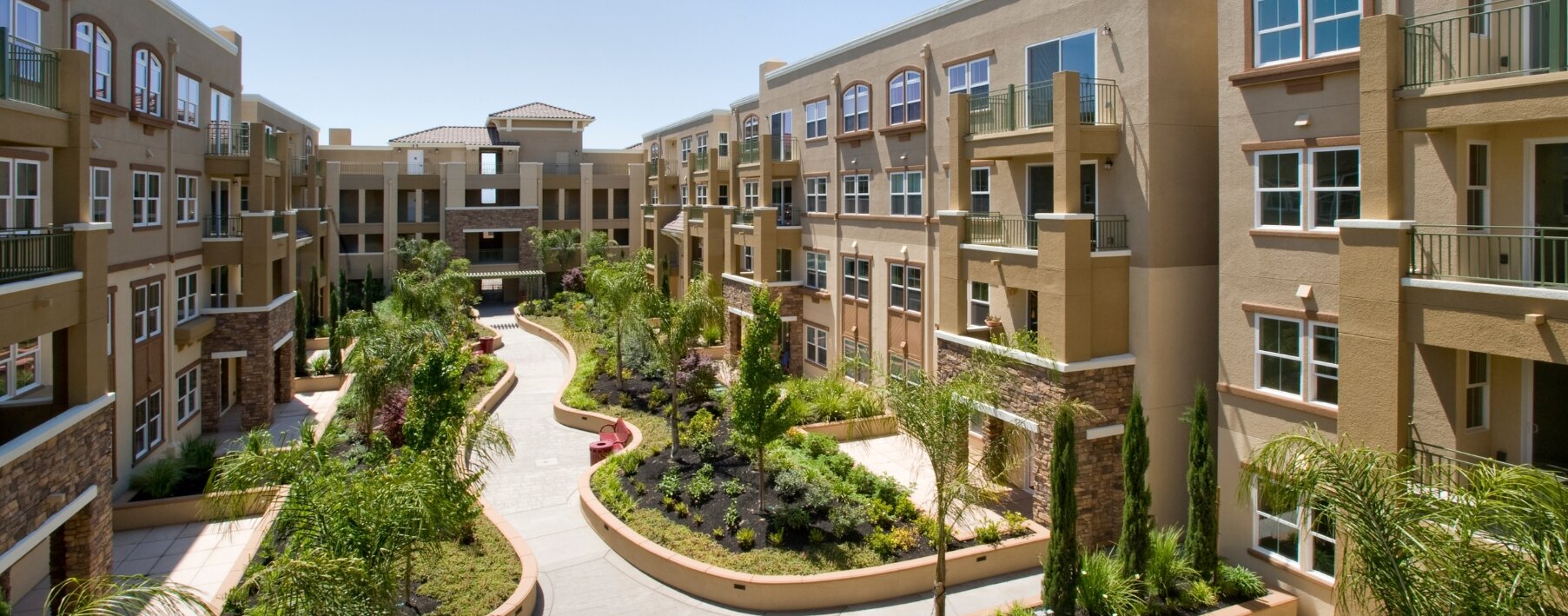What is an HO-1 Home Insurance Policy?

An HO-1 policy, known as a “bare bones” plan, offers the most basic form of home insurance for property owners. It’s a named peril policy, typically providing coverage for Other Structures, Personal Property, Loss of Use, Liability and the 10 common perils listed, including damage from theft, fire, and hail. This may not be enough coverage for most people, so there are more comprehensive insurance plans available like the HO-3 policy.
Most insurers don’t sell HO-1 policies because of the limited amount of coverage. However, if you’re looking for affordable coverage, have already paid off your home, or are willing to assume the risk that comes with not having a broad policy, an HO-1 policy may be right for you. Read on to learn more about HO-1 insurance, including what it covers, who it’s designed for, and how much it costs.
Understanding your HO-1 insurance policy
Compared to other types of homeowners insurance, the HO-1 may not provide enough coverage for the average homeowner. The HO-1 insurance policy is known to be much more restrictive than other types of homeowners insurance.
These restrictions have been known to make the policy fairly unpopular among homeowners. Most mortgage lenders don’t accept HO-1, which is why homebuyers typically turn to an HO-3 policy.
What does an HO-1 insurance policy cover?
An HO-1 insurance policy is what’s called a named peril policy. A peril is any event that can cause damage to your home and trigger an insurance claim. Named peril policies only cover the perils your insurance company lists; for HO-1 policies, there are 10 common perils included.
If your dwelling (meaning your home’s physical structure) sustains damage, an HO-1 policy would cover:
- Smoke
- Damage by a vehicle
- Damage by an aircraft
- Theft
- Fire or lightning
- Windstorm or hail
- Vandalism
- Explosion
- Riot or civil commotion
- Volcanic eruption
An open peril policy, on the other hand, covers all perils except those that are excluded from the policy. As an example, if an HO-3 policy excludes flooding and mold damage, the policy would cover any perils — including wildfire and hail — except for flooding and mold damage. You can find the covered perils that apply to your home outlined in your insurance policy, but if you stiill aren’t sure or have questions, you should feel comfortable reaching out to your insurance professional directly.
An HO-1 policy can be written as either actual cost value (ACV) or replacement cost value (RCV), but is normally written as RCV. One thing to clarify is that typically an HO-1 policy provides Dwelling and Other Structures coverage on an RCV basis, and then your Personal Property coverage typically occurs on an ACV basis (but can be covered on an RCV basis if the homeowner elects to pay for the increase in coverage). That means if you incur a loss, your items are replaced at the current value instead of the price you paid for it. As an example, if a TV you bought five years ago and paid $250 for is stolen, you’ll receive $250 for its replacement cost — instead of getting coverage for its current depreciated value.
What is not covered by an HO-1 insurance policy?
HO-1 insurance policies don’t provide the same comprehensive coverage as an HO-3 insurance policy or an HO-5 insurance policy. With an HO-1 plan, you generally wont won’t get protection over the following:
- Additional perils: These can include, but aren’t limited to:
- Accidental damage form artificially generated electrical current
- Freezing of household systems
- Falling objects
- Weight of ice or snow
- Sudden and accidental damage done to pipes and other household systems
Who is an HO-1 insurance policy for?
It’s important to note that most states don’t allow insurance carriers to offer HO-1 because it’s such a basic policy. However, if your state does allow HO-1 policies, chances are they won’t meet your mortgage lender’s standards for home insurance. Before you make any decisions, check with your insurance agent to see whether HO-1 is the right option for you.
How much HO-1 insurance do you need?
An HO-1 insurance policy will likely not cover all of your needs. How much homeowners insurance do you need? Start by considering your home’s unique risks, as well as the risks to your home because of your location. Then decide which components of a policy are most important to you. While having your items replaced at RCV may not be a deciding factor for you, something like damage from falling objects (Think: your neighbor's tree) could influence your decision.
How much does an HO-1 insurance policy cost?
The benefit of an HO-1 insurance policy is that it’s less expensive than a more robust HO-3 or HO-5 policy. There are several factors that can influence how much homeowners insurance costs including the location of your home, your deductible amount, and your house size and condition.
Hippo’s key takeaways
While HO-1 insurance is less expensive, it’s not as protective as HO-3 and HO-5 insurance policies. The limited coverage excludes most events that can cause major damage to your home or personal belongings, and there are many restrictions.
Instead of shopping for additional coverage, contact the Hippo team to get a homeowner insurance quote that gives your home the protection it needs and deserves.
Still have questions about homeowners insurance?
What are the components of a homeowners policy?
The components of a typical homeowners policy are actual cash value (ACV), replacement cost value (RCV), and extended RCV. These all indicate the amount you’ll be reimbursed for your personal items if they get damaged and need to be replaced.
Does homeowners insurance cover other people's belongings?
Other people’s belongings are usually not covered by homeowners insurance. Depending on the type of homeowners policy you have, your belongings may be covered under personal property. However, if you live in someone else’s home who has homeowners insurance, it’s best that you purchase renters insurance.
What is the most important part of homeowners insurance?
The most important part of homeowners insurance is knowing the level of coverage you have. In an HO-1 policy, there’s limited coverage, so it’s crucial to make sure it’s enough to protect your property, belongings, and peace of mind.
What is the 80% rule in insurance?
The 80% rule means the insurance company will only cover the home’s full value if the homeowner has purchased enough insurance coverage to equal 80% of the home’s total replacement value.



